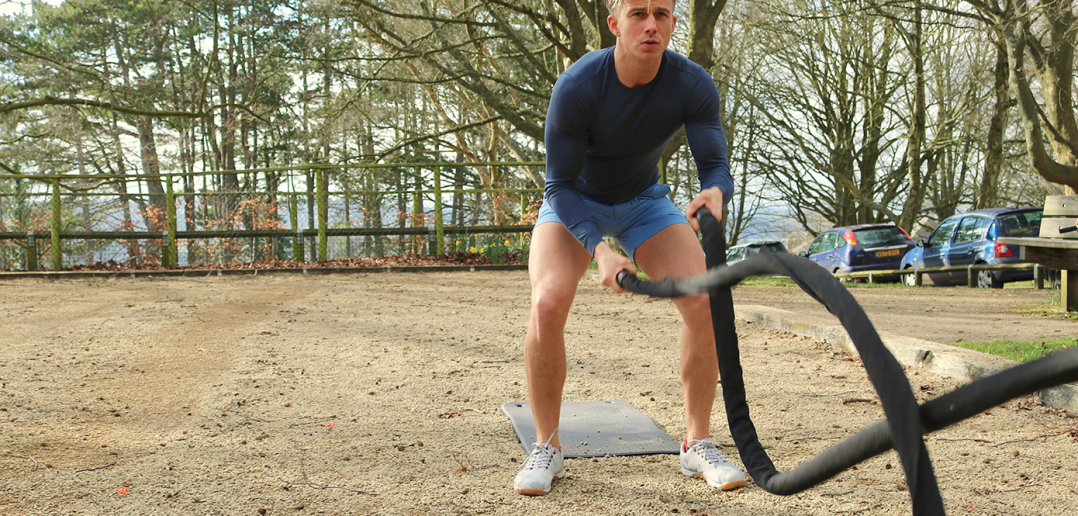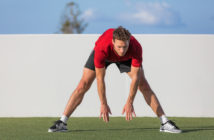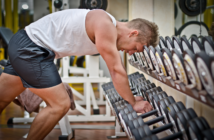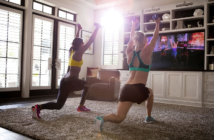Head down to your local gym and you may see long ropes lying around gathering dust as many people tend to ignore this excellent piece of training equipment and almost never add it to their workout programme. These are called “Battle Ropes” and let us explain why you should use them.
Whether you are seeking a station for your HIIT workouts, or want a finisher for a upper body workout then look no further than the battle ropes. They provide a heart racing, sweat inducing workout which will also fatigue your shoulders like you won’t believe.
Getting started with the ropes is relatively easy. First it needs to be anchored, so try looping the rope around a fixed point such as the bottom of a rack (or, if a rack is in use, a heavy kettle bell or two should stop it from moving around), hold each end using the plastic handles, adopt a partial squat position and then move your arms in short quick movements to send ‘waves’ down the rope.
Keep your the arm movements small and adopt a slight lean forward in your body, which should ensure the correct position, keeping the stress on your shoulders. This position also works your core to stabilise your body.
There are lots of different rope workout variations. The traditional ‘waves’ are alternating arm movements, but you could also try out ‘slams’, which is moving both arms together, slamming the rope into the ground as hard and quickly as possible. You could also try moving them in a more sideways fashion and many other variations.
The battle ropes are an excellent piece of workout equipment that you can use pretty much anywhere. Ok, a bit heavy to take on a flight but if you’re driving to your holiday destination you could pop them in the boot for a fat blasting workout wherever you’re going. Just remember, keep your posture and you’ll be shredding fat and toning your shoulders before you know it!




